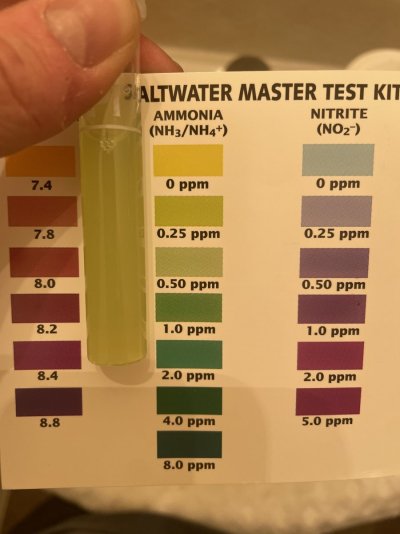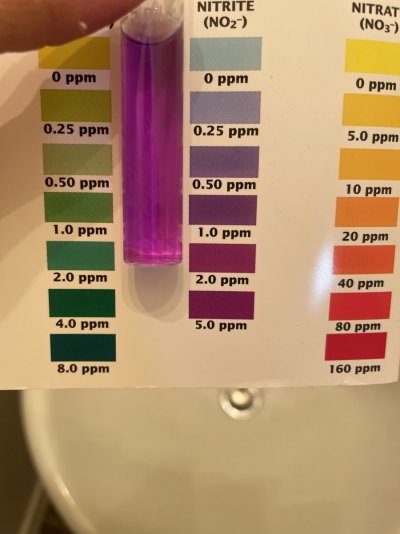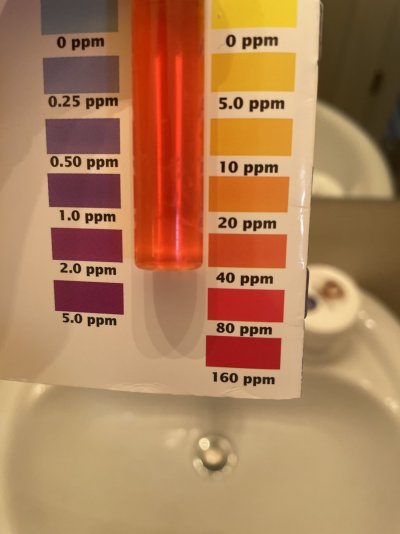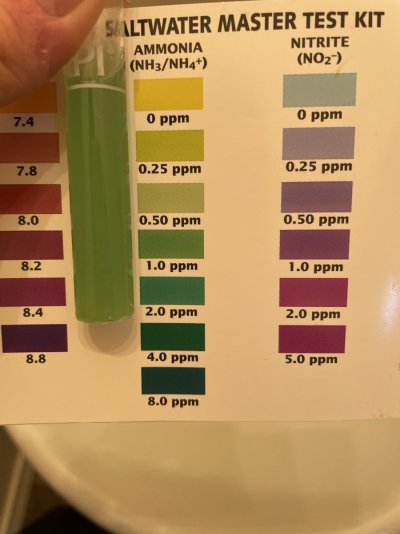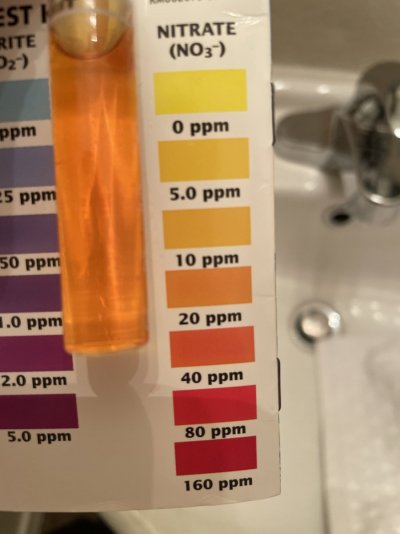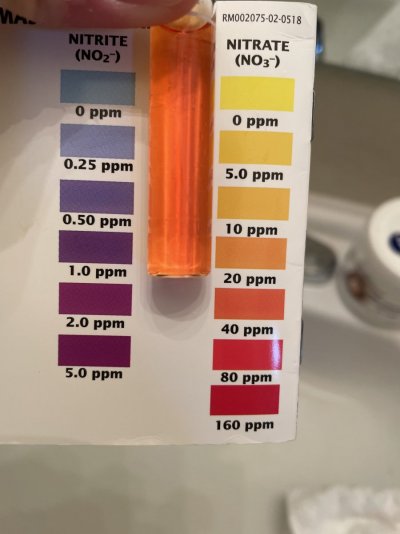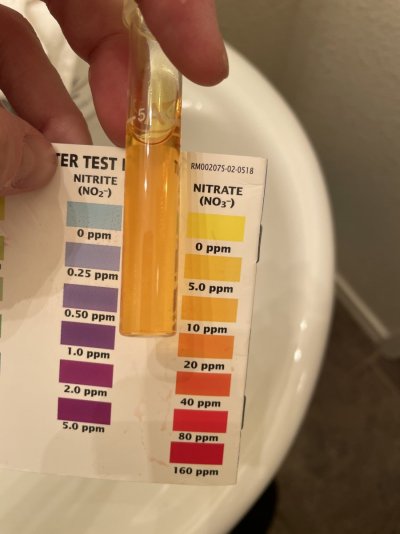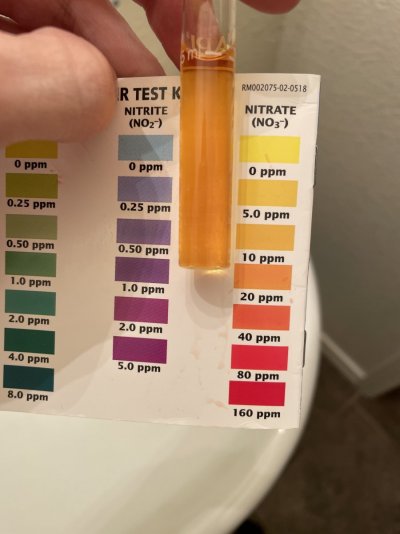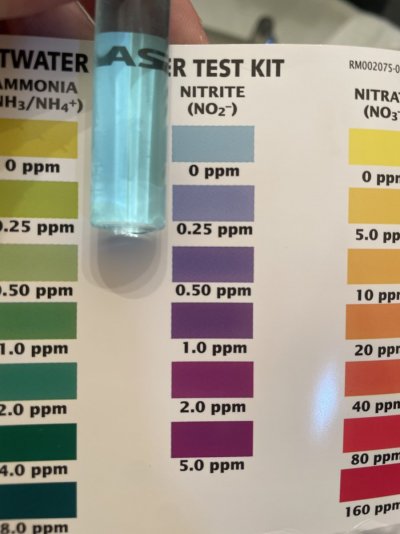@Steven27, @brandon429 push for qt is valid. Also it isn't. There are both successful tanks with and without QT. There are also unsuccessful fallow and qt systems as well as not qt'd tank. I just read a thread where someone did everything right and got ich anyway. Also seen plenty of tanks fail with no qt.
So the point @brandon429 makes that IS good, is to spend time reading the disease section. And make your choices carefully based on your situation. QTs aren't always easy... but they are a helpful tool to many successful tanks.
So the point @brandon429 makes that IS good, is to spend time reading the disease section. And make your choices carefully based on your situation. QTs aren't always easy... but they are a helpful tool to many successful tanks.





